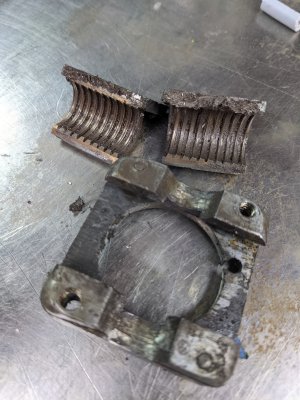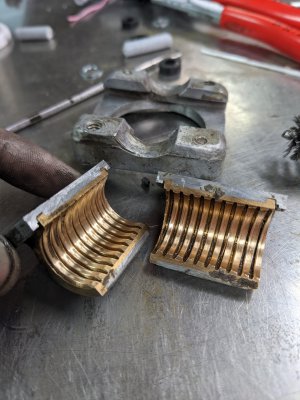OK. I'll hate to see you leave the Atlas Forum but if you need a 14" or 16" machine, you do. Unfortunately, you already have one of the largest machines that Atlas built, so for anything larger, you will have to change brands. I think that if you go to any 14" or larger, you will find that other than measuring tools in general, nothing else that you have in the way of tooling or accessories will be usable. For example, a 14" will need a BXA tool post and I think that a 16" might need a CXA. Clausing built larger machines as did their subsidiary Colchester. And of course there are a lot of other badges. If this change is going to happen in the fairly near future, I would not invest the time required to flip the lead-screw. as it is unlikely that doing that will make much difference in what you sell the Craftsman for (I would, however, probably go ahead and plot out the wear on the existing screw for your own temporary use unless you decide to go ahead and purchase a new screw). You might or might not re-coup some of the cost of a new lead-screw when you sell the Craftsman. Unfortunately, most of today's hobbyists are going to be looking for a bargain and have no idea what new parts cost today.




